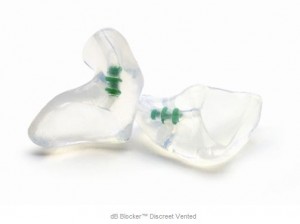 Effects of Noise Exposure
Effects of Noise Exposure
On their website, the Federal Aviation Administration (FAA) publishes a detailed brochure about hearing and noise in aviation occupations. It explains how the ear works, general types of noise and the effects of noise exposure, both in everyday activities and in the aviation industry in particular.
Written specifically for pilots, the FAA explains that hazardous noise occurs not only on the ground but also in the air. We would expect aircraft equipment, jet efflux, propellers, and rotors to cause noise induced hearing loss, but cabin conditioning and pressurization systems also give off noise that can cause hearing loss with prolonged exposure. Cockpit or cabin noise can be so loud that pilots have to shout to be heard buy inflatable giant water slide. Over time, even cockpit noise can cause hearing impairment.
How can pilots and other aviation workers protect themselves from noise induced hearing loss?
The FAA recommends limiting the duration of exposure to noise, but also recommends insertable-type earplugs. The FAA’s brochure states, “To be effective, earplugs must be inserted properly to create an air-tight seal in the air canal.” Custom Protect Ear’s dB Blockers™ are made to fit the individual’s ear exactly. It’s made of medical grade silicones that are soft and flexible, creating a comfortable, custom fit.
In fact, it’s no secret that we help aviation employees protect themselves from long term hearing loss. Some of our customers are big names in the aviation industry like WestJet, Air Canada, Lockheed Martin, and Boeing. Passengers can also protect themselves from the effects of prolonged exposure to noise when flying across the country. dB Blockers worn on such flights allow those wearing them to arrive much more refreshed and less tired. If you or someone you know works in the aviation industry, share the FAA brochure with them and tell them about CPE’s custom ear protection. We are here to help.